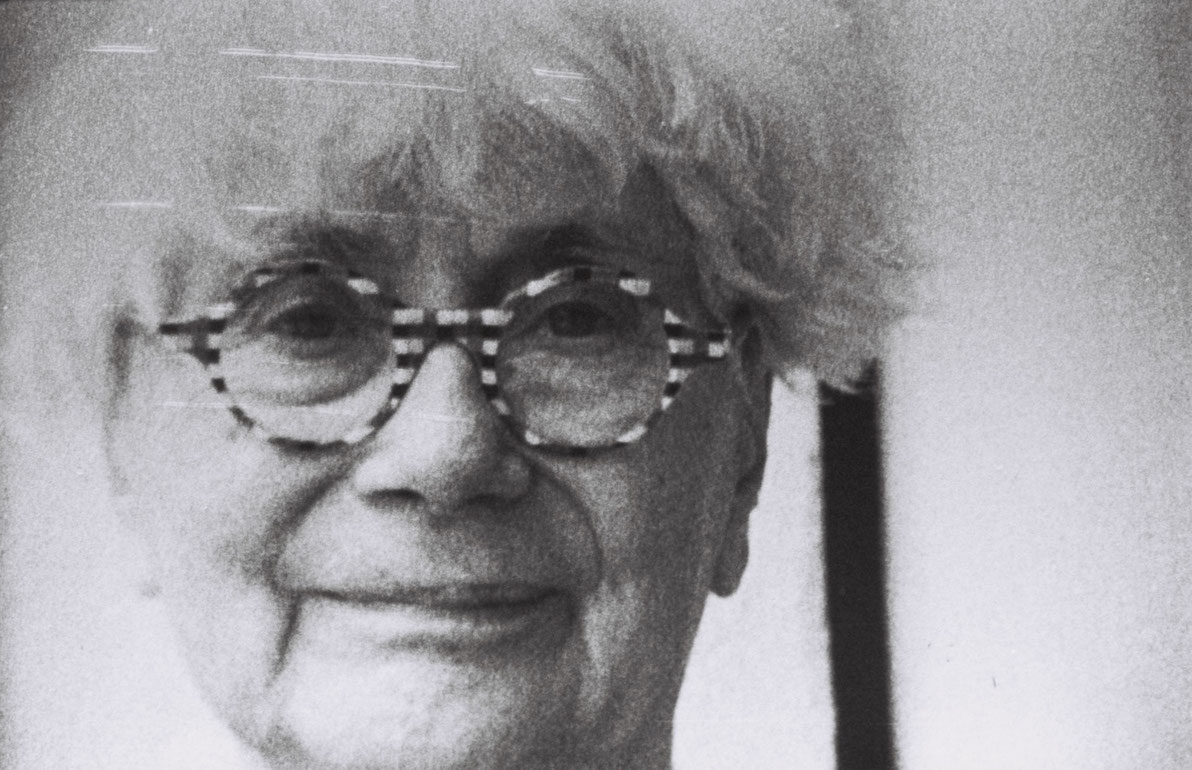Marbleu
A visit to the studio of Françoise Marbleu. The French artist sits in a corner of her atelier under its fabric-covered glass roof, surrounded by her paintings and framed objets trouvés. She gazes into the room, and later, in a somewhat forcedly friendly manner, into the camera. She runs her hand through her hair, betraying subtle resistance to being filmed. In contrast, her various objects, some of which appear in photographic form, gather ephemera of memory as though assembled onstage. A photograph of the writer Romain Gary serves as the face of a spring-loaded copper clock, while mirrors on the inside walls of the wooden drawers and clock cases give the many domestic objects a spatial depth and feel. Broken portraits, small figurines, scissors, and keys offer a glimpse into the crypt of forgotten things.
Thus in Marbleu, the doors open out onto not only the studio, but also possible reflections on the relationship between film, portraiture, and the artist’s collage work. Like the negative images of the film’s titles, the display cases reveal processes of inversion. The collection of images and objects, of proportions and different takes, of memories and faces, creates something unifying and cohesive. A sense of the transience of time emerges in the assemblages of supposedly everyday objects, but also in the film itself. As Freud wrote in his note on the Wunderblock, or “mystic writing pad”, the camera as an auxiliary device provides a lasting but merely limited trace of memory of the past. The capacities of memory, by contrast, are fleeting and yet unlimited. And so this film portrait and the memorabilia collected therein are similar in their attempt to wrest the hidden essence from what is presented. (Jan-Hendrik Müller)
Translation: John Wojtowicz
Marbleu
2025
Austria
3 min

